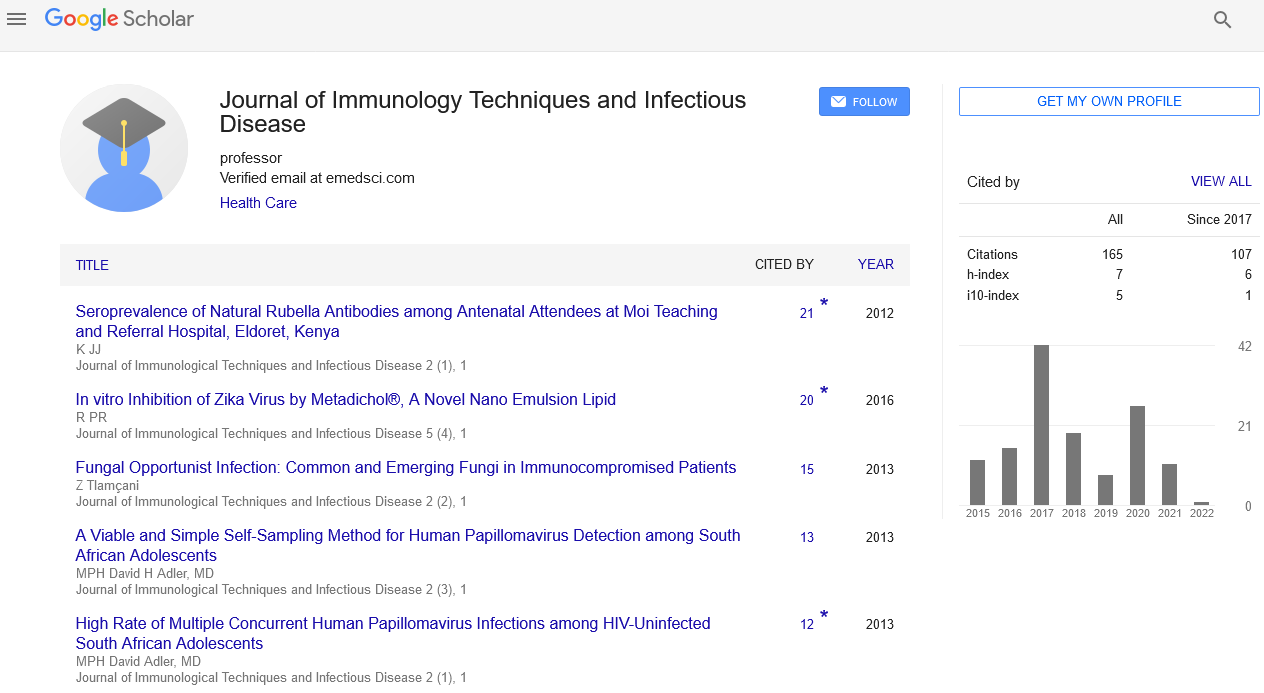Review Article, J Immunol Tech Infect Dis Vol: 3 Issue: 1
The Tsetse Flies� Intestinal Microflora: A Review
| Anne Geiger1*, Marie-Laure Fardeau2, Flobert Njiokou3 and Bernard Ollivier2 | |
| 1UMR 177, IRD-CIRAD, CIRAD TA A-17/G, Campus International de Baillarguet, 34398 Montpellier Cedex 5, France | |
| 2Aix-Marseille Université, Mediterranean Institute of Oceanography (MIO), UMR/ IRD 235, UMR/CNRS 7294, Equipe MEB, Case 925, Marseille, France | |
| 3Faculty of Science, University of Yaoundé I, BP 812, Yaoundé, Cameroon | |
| Corresponding author : Dr. Anne Geiger UMR 177, IRD-CIRAD, CIRAD TA A-17/G, Campus International de Baillarguet, 34398 Montpellier Cedex 5, France Tel: +33(0)467593925; Fax: +33(0)467593894 E-mail: anne.geiger@ird.fr |
|
| Received: October 26, 2013 Accepted: March 03, 2014 Published: March 07, 2014 | |
| Citation: Geiger A, Fardeau M, Njiokou F, Ollivier B (2014) The Tsetse Flies’ Intestinal Microflora: A Review. J Immunol Tech Infect Dis 3:1. doi:10.4172/2329-9541.1000124 |
Abstract
The Tsetse Flies’ Intestinal Microflora: A Review
Human African Trypanosomiasis is caused by trypanosomes transmitted to humans by the tsetse fly, in which they accomplish their development into their infective metacyclic form. The crucial step in trypanosome survival occurs when it invades the fly midgut where the parasite may be confronted with other bacterial gut inhabitants. The resulting interactions between the bacterial communities and the trypanosome, ingested by the fly taking a blood meal on a trypanosomeinfected host, may determine the evolvement either toward parasite establishment and the initiation of the biological cycle or its elimination. This alternative future of the trypanosome may at least partly depend on the gut microflora composition. The available data are presented in this mini-review.
 Spanish
Spanish  Chinese
Chinese  Russian
Russian  German
German  French
French  Japanese
Japanese  Portuguese
Portuguese  Hindi
Hindi 
